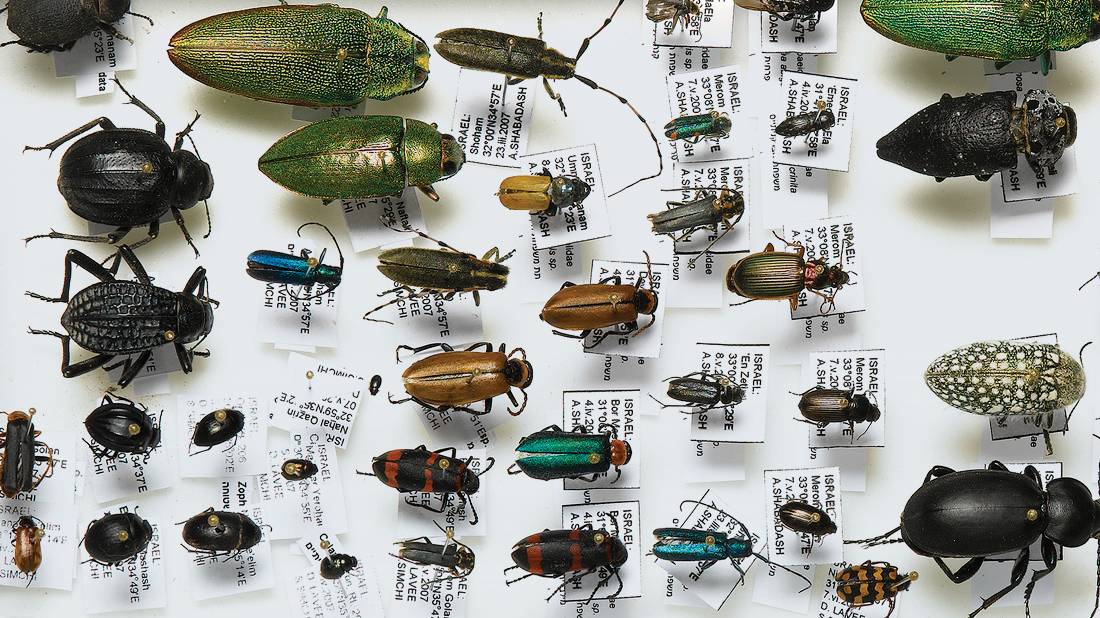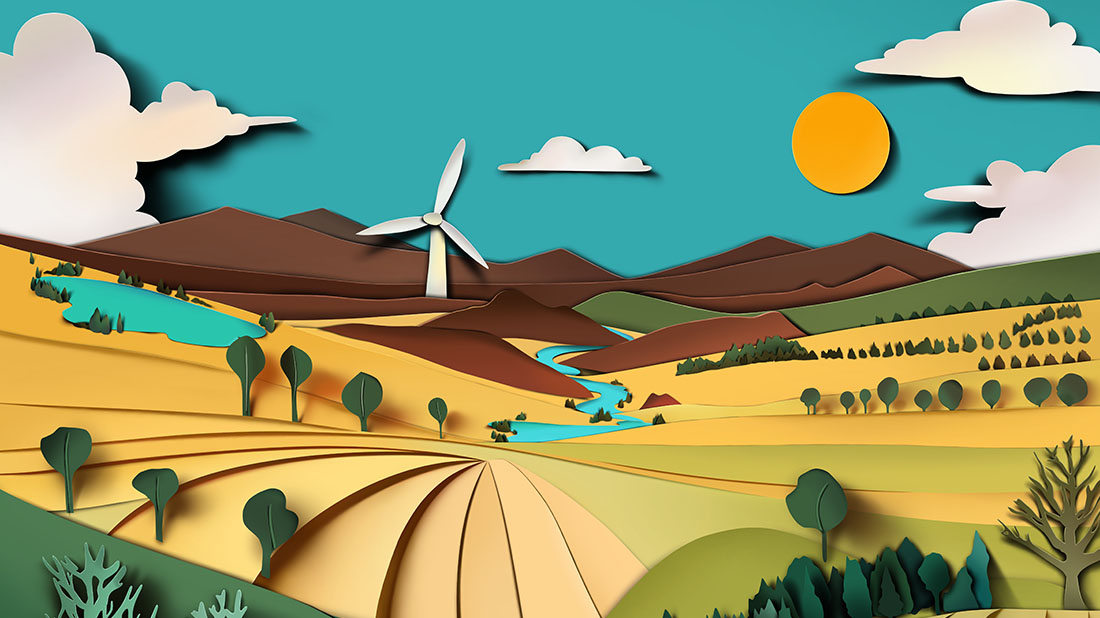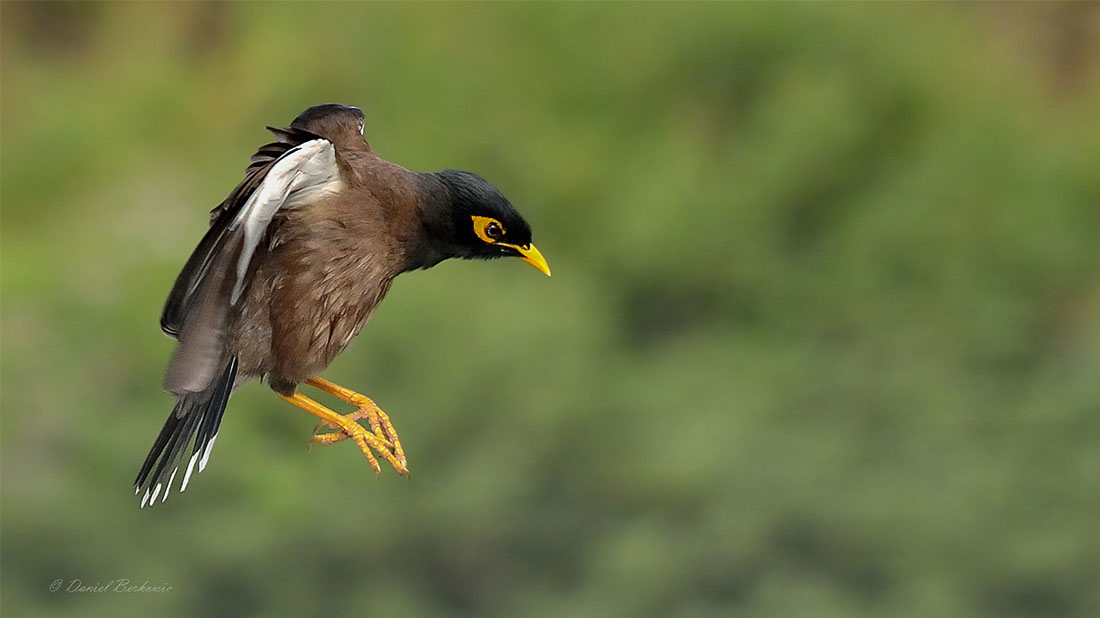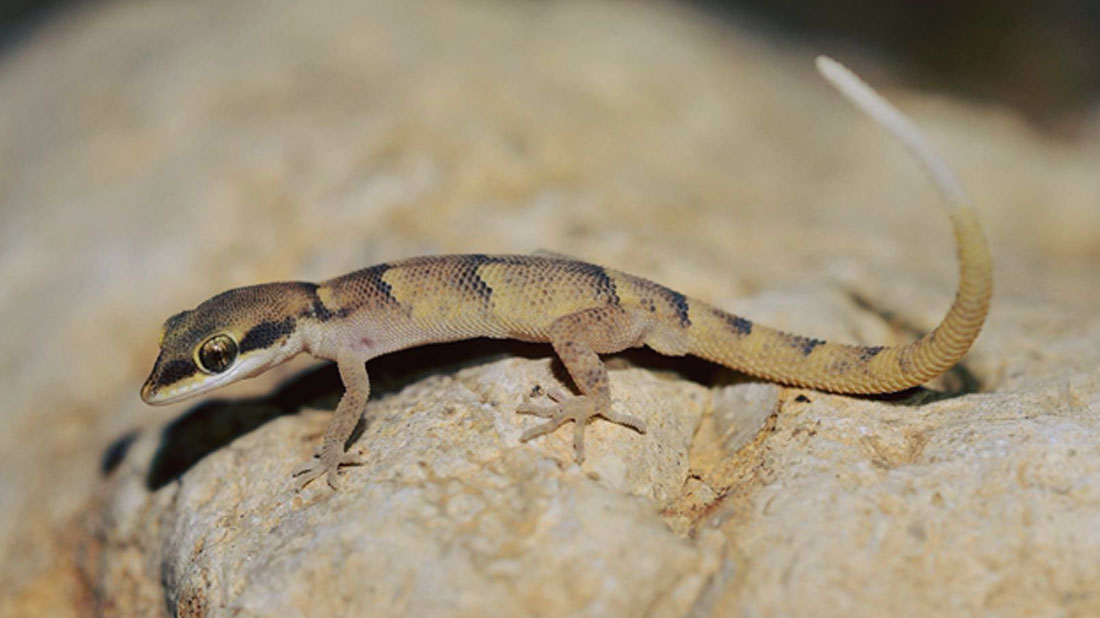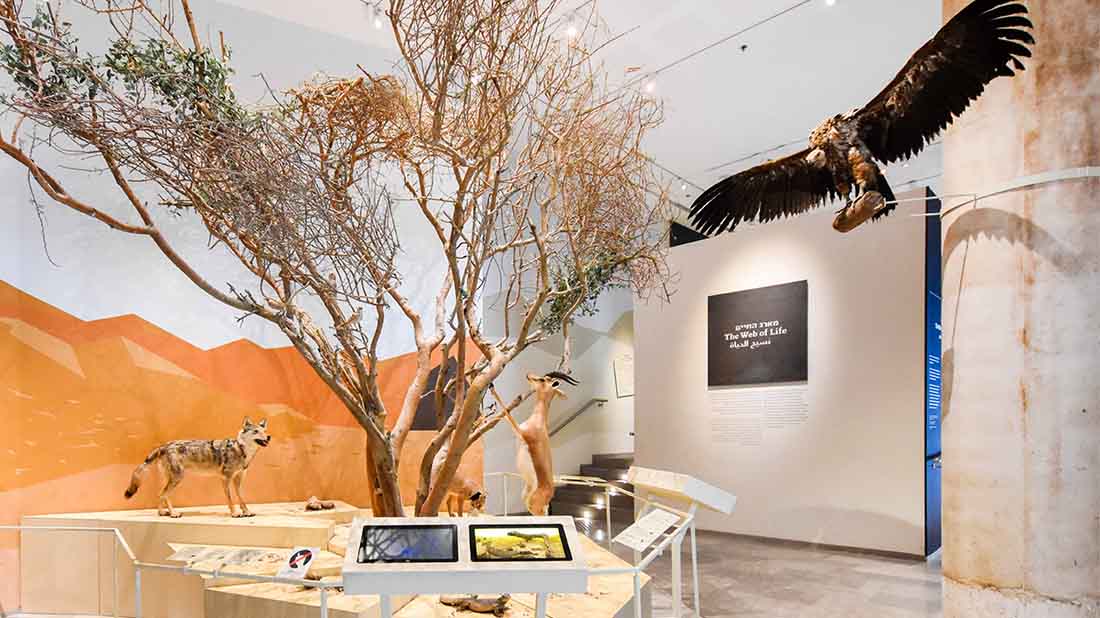The National Collections of Natural History at the Steinhardt Museum comprise over five million specimens that document nature over millennia, as well as the history and development of culture in the region.
This dynamic documentation is essential for a wide range of research topics in biology, archeology, and anthropology, as well as for applied research that supports a wide range of applied policy-relevant studies, primarily focused on agriculture and environmental conservation and health. Accordingly, the collections serve hundreds of scientists and professionals every year.
The museum’s collections and teams are divided into six groups: Terrestrial vertebrates; Entomology; Aquatic & marine; Herbarium; Paleobiology; and the Dan David Center. Additionally, the Steinhardt Museum is home to three applied policy-relevant centers: the Open Landscape Institute; HaMaarag, Israel’s National Ecosystem Assessment Program; and Israel Center for Aquatic Ecology.
The Museum also operates several special projects which provide scientific support in different fields: the ancient DNA lab; the entomological laboratory for applied ecology; the feather identification lab; marine biodiversity program; agricultural biodiversity program; a molecular systematics lab; and the Israel Taxonomy Initiative.
Specimens are collected by the Museum’s scientists and their students in the course of their research. Birds and mammals are usually individuals that died in the wild and were collected by Israel Nature and Parks Authority rangers or from the wildlife hospital. Additionally, scientists from many other institutions transfer specimens or whole collections to our museum, to ensure their preservation for the benefit of science. Similarly, smaller museum collections and private collections are assimilated into the Steinhardt Museum collections in order to guarantee their preservation and make them accessible to the scientific community
We welcome all scientists who wish to study them.
To search the museum collection database – click here.


